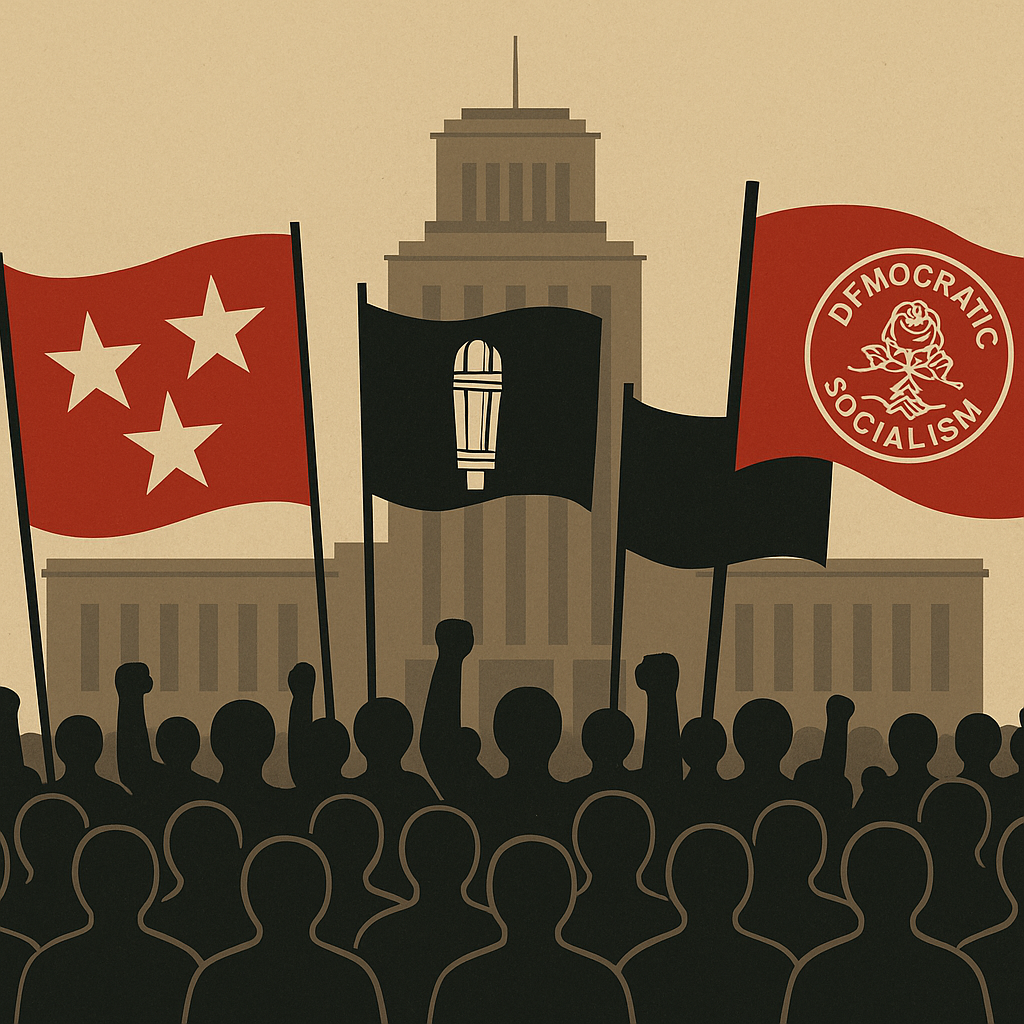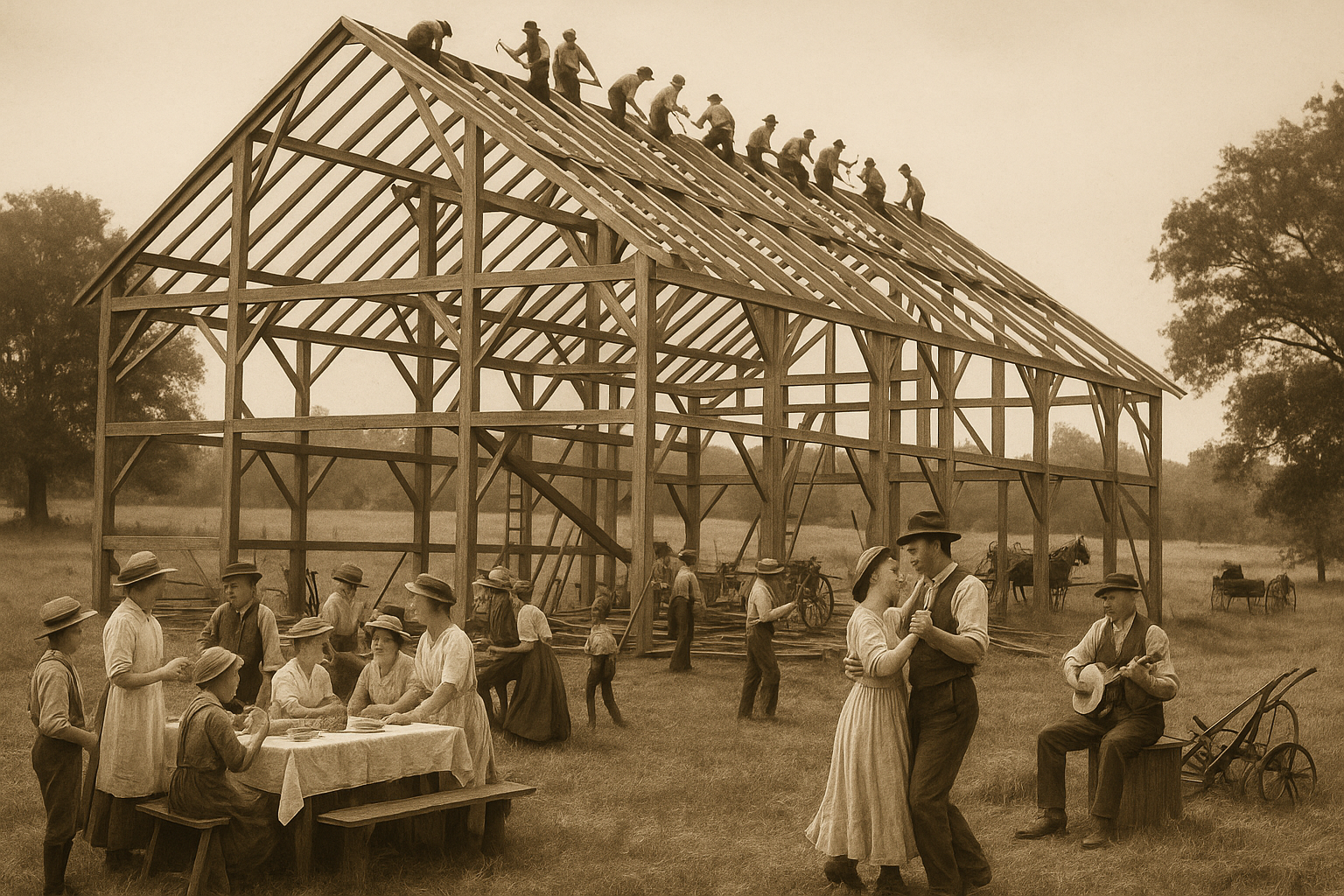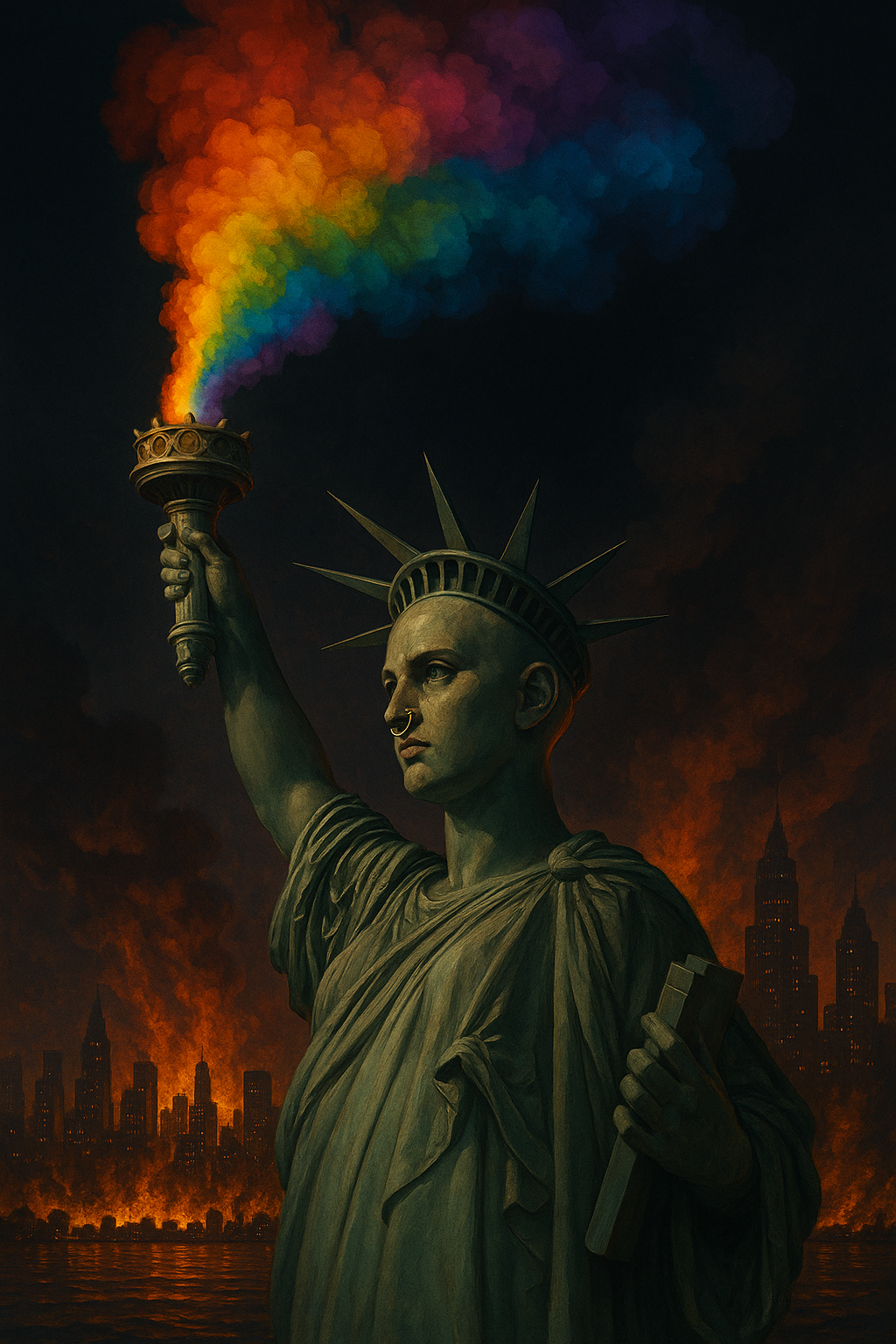There’s a dangerous lie repeated in our classrooms and newsrooms: that fascism and socialism are bitter enemies, opposite poles of ideology. We are told Mussolini’s Blackshirts stood against Marx, that Hitler’s stormtroopers fought communism, that today’s “democratic socialism” is a new, kinder breed altogether. It’s false. At the core, each of these movements shares the same conviction: that the individual is nothing, and the state is everything.
Karl Marx cast the first stone. He believed nations were mere costumes for class interests. “The working men have no country,” he wrote in 1848. His revolution was not to be Italian or Russian or German—it was to be universal. Workers would rise in unison, overthrow their rulers everywhere, and establish a world without borders. In theory, that was socialism’s endgame: a global dictatorship of the proletariat. But theory meets reality like glass meets stone, and Marx’s dream shattered on the fact that men fight for their nations before they fight for their class.
World War I proved it. Instead of laying down their rifles and embracing foreign workers, millions of German and French laborers slaughtered each other for the flags above their trenches. That was the fatal crack in Marx’s system. And into it stepped Benito Mussolini.
Mussolini was a socialist before he was a fascist. He edited the Socialist Party’s newspaper, preached revolution, and waved the red banner with the rest. But he saw the truth Marx refused to face: socialism cannot function without a nation to embody it. So Mussolini did not abandon socialism—he nationalized it. He told the factory owner: keep your plant, but it will obey the state. He told the laborer: take your eight-hour day, but remember it is a gift from the state. He declared the Italian people to be one “national class,” bound together not by private contracts but by state command.
That is not a rejection of socialism. That is socialism scaled down to a nation. And once Italy was unified under this machine, Mussolini looked outward, just as Rome had once done, to conquer new provinces one bite at a time. Hitler followed the same formula, calling it National Socialism. Lenin and Stalin did likewise, with their “socialism in one country.” Mao and Castro walked the same road. Each one discovered that Marx’s globalism was impossible, so they made the nation itself the unit of socialism.
Which brings us to today. The salesmen of “democratic socialism” assure us this is something different—gentle, humane, civilized. But what does “democratic” actually mean in practice? It means national ballots, national laws, national redistribution. Democracy can only exist inside a nation-state. There is no “global democracy.” So when the socialist adds the adjective “democratic,” he is doing exactly what Mussolini did—admitting that socialism must be grounded in a national machine that compels participation by law. It is still the state over the individual, the collective above the citizen, the government as supreme organizer of life.
The costumes have changed. Sometimes the banner is red, sometimes black, sometimes stitched with slogans about equity or climate. But the creed remains the same: submit to the collective, obey the state, sacrifice your liberty for a promised future. Whether you call it fascism, communism, or democratic socialism, it is all one lineage.
The Founders of this republic understood the peril. They built a system where the state was restrained and the individual was sacred—where sovereignty flowed upward from free men, not downward from a party or a dictator. That is the bright line between American liberty and the dark collectivist ideologies of the last century. If we forget it, if we are fooled by the word games and the branding tricks, we will end up enslaved under the same old system with a new name.
Fascism was not the opposite of socialism. It was its offspring. And “democratic socialism” is no fresh invention—it is simply the latest mask worn by the same tyrant: the state that devours its people in the name of saving them.



